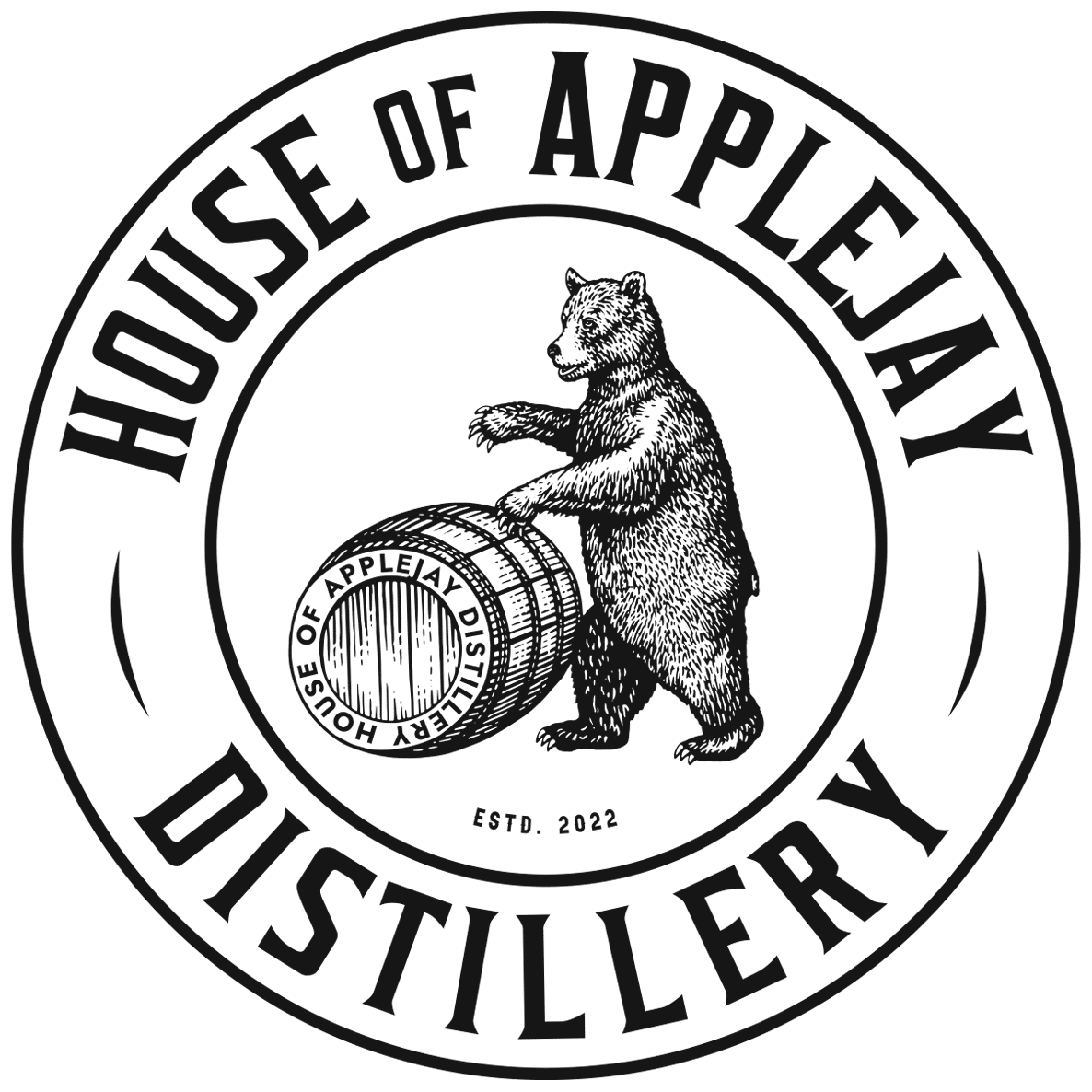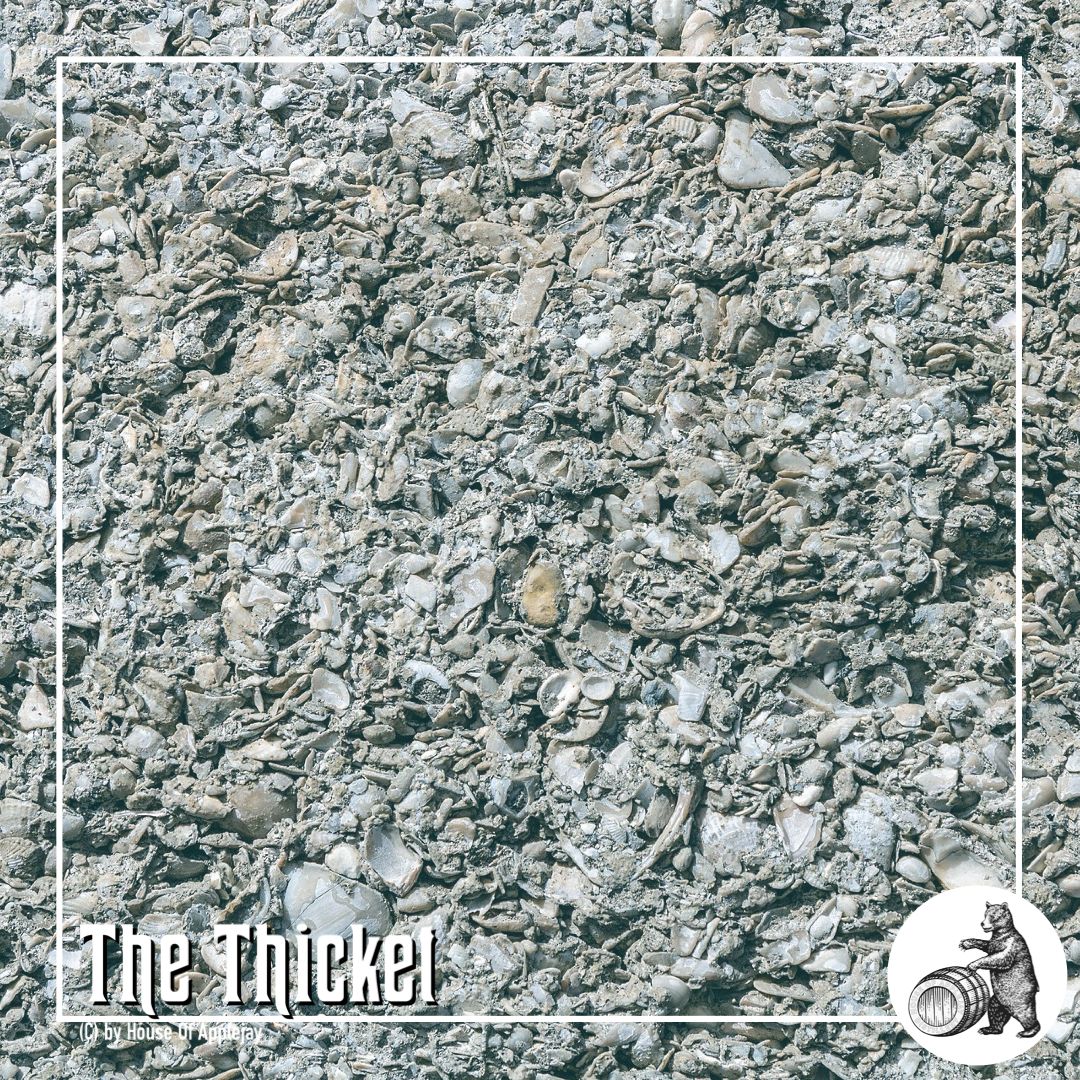The Thicket
A Georgia Tale of Innovation and Ruin
In 1816, William Carnochan, a Scottish immigrant with a vision, established the Thicket Rum Distillery near Darien, Georgia. Inspired by the lush, myrtle-draped expanse of the 400-acre Colonial Plantation, Carnochan sought to craft a legacy in the New World. Darien itself, founded in October 1736 by 177 Scottish families under General James Oglethorpe, holds the proud distinction of being Georgia’s second-oldest city, after Savannah—a testament to its enduring Scottish roots.
A Partnership Forged in Sugar and Stone
Carnochan’s venture found a powerful ally in Thomas Spalding, a wealthy planter from nearby Sapelo Island. Spalding, an innovator in agriculture and architecture, not only bankrolled the distillery but also guided Carnochan in cultivating sugarcane—a crop vital to rum production. Facing steep taxes on imported sugarcane, Spalding proposed an ingenious solution: construct the distillery using tabby, a sturdy, local concrete made from burned oyster shells, lime, sand, water, and ash, blended with broken shells. This resilient material, abundant along Georgia’s coast, became the backbone of the distillery and its surrounding structures.
Rise and Fall of a Coastal Empire
Launched in 1817, the Thicket Rum Distillery marked a milestone as Georgia’s first commercial sugarcane plantation distillery. For seven prosperous years, it thrived, its rum flowing from the tabby-walled stills to markets near and far. But nature had other plans. In September 1824, a ferocious hurricane battered the Georgia coast, unleashing a six-foot storm surge across Sapelo Island and pushing tides over ten feet above normal levels. The tempest claimed the life of an enslaved worker on Carnochan’s plantation and razed several buildings, including the distillery itself. The once-thriving operation lay in ruins.
The disaster took its toll on Carnochan. A year later, in 1825, he passed away at age 51, his dream drowned in the storm’s aftermath. The distillery was never rebuilt. In 1836, the property passed to Charles Spalding, Thomas’s son, but the era of Thicket Rum had ended.
Echoes in Tabby Ruins
Today, the remnants of the Thicket Sugar Mill and Rum Distillery stand as weathered tabby ruins on Tolomato Island, nestled within a private gated community. These silent relics whisper of a lost chapter in Georgia’s history—a story of ambition, ingenuity, and nature’s unyielding power.
What is Tabby?
Tabby is a distinctive concrete born of coastal necessity, blending lime, sand, water, and oyster shells—often crushed or burned into a gritty aggregate. Prized for its durability, this material became a hallmark of construction in the southern United States, particularly in the Lowcountry of South Carolina, Georgia, and northern Florida. Its origins trace back to Spanish settlers, but it flourished in the 18th and 19th centuries as planters and builders exploited the region’s abundant shell middens.
From foundations to walls, tabby structures dot the coastal landscape, enduring humidity and hurricanes with remarkable resilience. The ruins of the Thicket Rum Distillery are a testament to this legacy, offering a window into the architectural ingenuity of a bygone era.
The Distilling Culture
BLOG
Embark on a global journey, and you’ll find that cultures possess tales that harken back to their ancient beginnings of distillation, brewing, and winemaking.
info@houseofapplejay.com
67 Fowler St, Bldg B, East Ellijay, GA 30540

